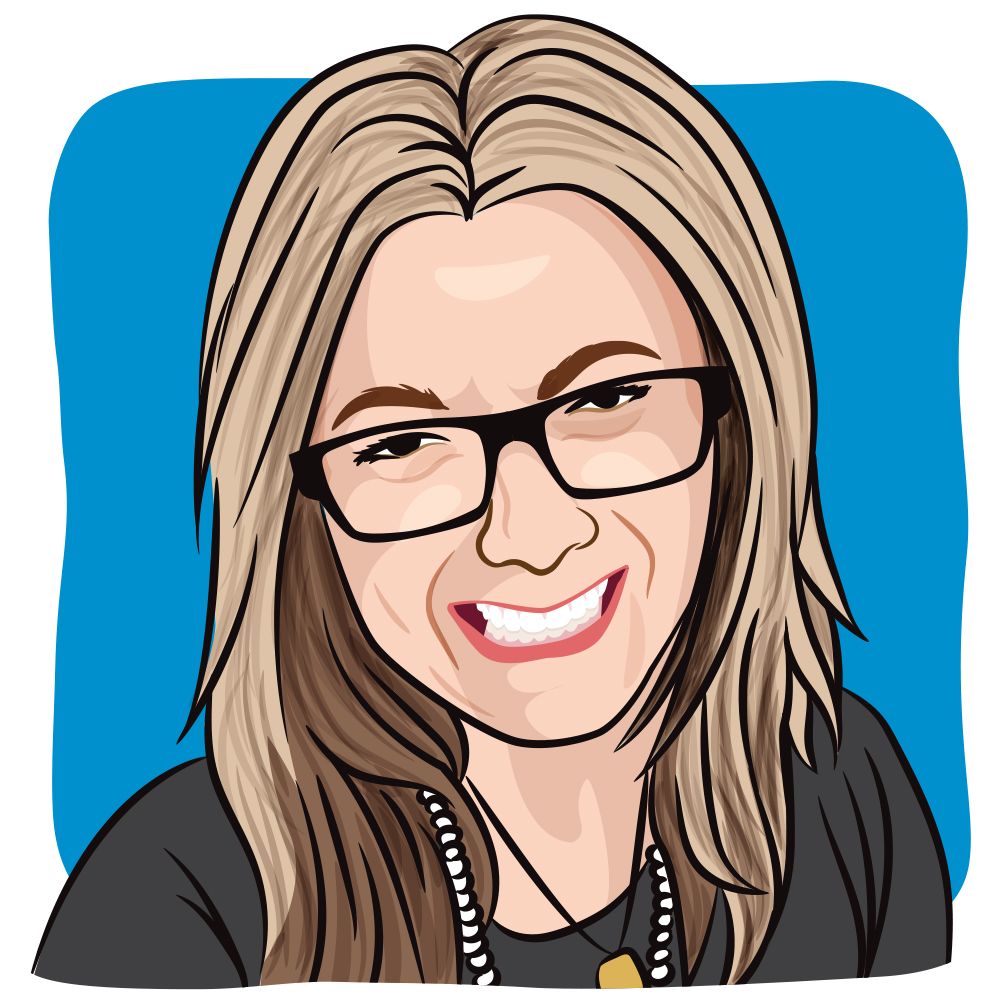Blog
Article
How I Found Out About My Breast Cancer Diagnosis
Author(s):
Receiving a diagnosis of breast cancer was one of the more traumatic moments I’ve experienced, but the way I found out added to that.

Lately, I’ve been thinking back to the moment I was diagnosed with breast cancer. For me, this was one of the more traumatic moments in my life, as it is for so many people. Part of the trauma was simply being diagnosed with cancer, but part of it was how I found out.
I vividly remember having two biopsies at the clinic on a Thursday afternoon. The nurse navigator explained that she expected that the pathology results likely wouldn’t be back until Monday. I was (somewhat) prepared and expected to wait over the weekend for the results — that excruciating wait.
However, because they had set the expectation that I would not have results until Monday, I missed the phone call the following day when I was at work. The nurse navigator's voicemail told me that they happened to rush the results, and she had news for me. She would be there until 4:15 p.m., according to the voicemail. I called the second I heard the message — at 4:16 p.m. She had already left for the weekend.
So now I was faced with this dilemma. There was no one I could talk to until Monday (which is what I initially expected), but because I knew that the results were back, I couldn’t imagine waiting. I happen to work for the hospital where I had my biopsy done, which meant that I had direct access to my chart. Not the patient portal, but direct access to the entire chart (employees are allowed to simply view their own charts). This was also at a time before results were automatically posted to the patient portal, so there was quite literally no other option for me to find out results at that time.
After a few hours of reflection, while still trying to finish my shift at work, I found an empty office and I opened my chart. Although I work in the medical field, I certainly do not deal with pathology results regularly. But I knew enough to interpret the word “carcinoma.”
It’s strange —part of that day is indelibly seared into my memory, but there are other parts that I have no memory of whatsoever. I do remember telling my husband. I don’t remember finishing my shift, although I did do that. I don’t remember the drive home. I do remember that no one on my care team was available to talk to me or answer any questions over the weekend. Of course, it can be argued that I was in this situation because I chose to look at the results on my own. This is true. Part of this was my fault.
I still don’t know which would have been less traumatic: finding out and waiting all weekend without anyone on my care team to talk to; or waiting all weekend, agonizing over what the results might be, just biding my time for Monday morning to come to make that phone call.
Regardless, that moment is now forever a defining period of my life and helped shape what came after. I didn’t have anyone to lean on (again, partly my fault). But as a result, now I make it a priority to be there for those who are newly diagnosed with cancer and to help in any way I can, trying to ensure that no one experiences cancer alone.
For more news on cancer updates, research and education, don’t forget to subscribe to CURE®’s newsletters here.




